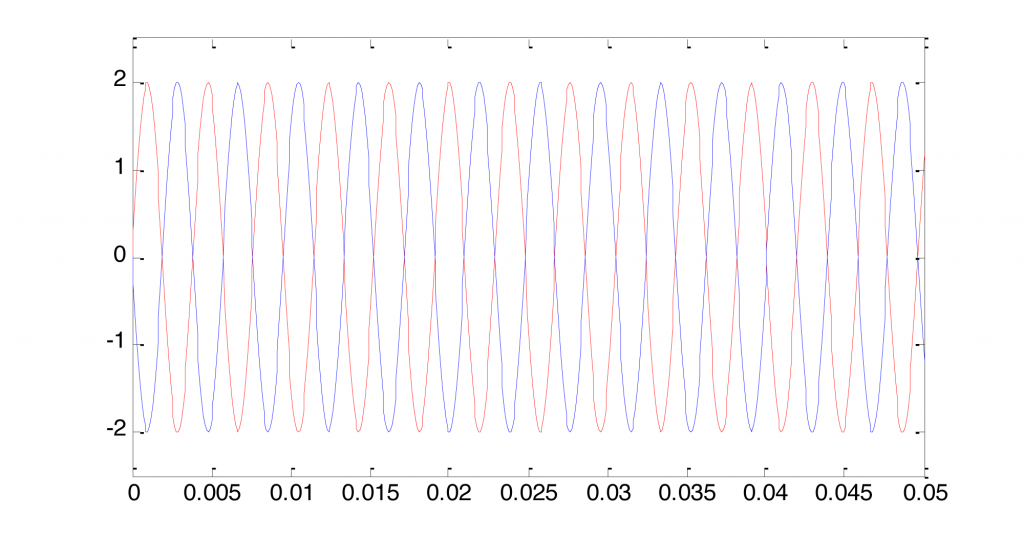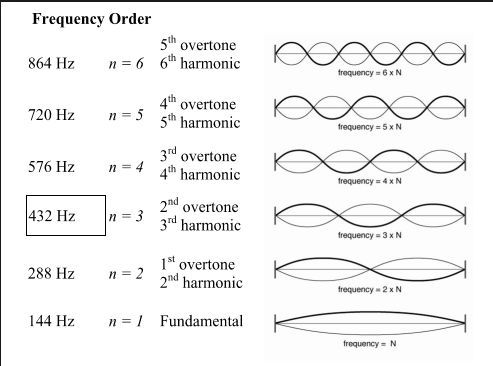

Various other instruments can be tuned from A4=435Hz (International Standard Pitch) to A4=448Hz depending on the effect the musician wants. Most instruments are tuned to A4=440Hz, however concert pianos are apparently tuned to A4=442Hz (no idea why). There are other keyboard instruments with a variety of numbers of keys, for example, 66 keys or 76 keys. NoteĪ standard piano keyboard (88 keys) goes from A0 to C8 (no, don't ask why). Again, the calculator will let you change this base frequency. Finally, the table uses equal tempering with a base of A4 = 440Hz. However, if you are really, really interested in decimal points (and lots of them) use our Acoustic Calculator (up to 5 decimal places by user selection). Further, if you need those decimal points you are doing something very special and probably should not be reading these pages. In defense of our simplification technique we plead a hatred of unnecessary detail. Note: All figures shown are in Hz with decimal points omitted - numbers are rounded up - for clarity and thus may differ marginally from the values shown in tables which show the decimal points in all their natural glory. For example, C3 is 131 Hz and C4 is 262 Hz (any minor deviation from this rule in the table below is simply the result of rounding errors). Thus, the same note in each octave, say C, is always twice the frequency of the previous octave. Since each semi-tone is 12√2 more that the previous one by summing these differences the pitch (frequency) doubles over an octave.

For ordinary mortals this means taking the value of any note and multiplying it by 1.0594 to get the adjacent higher note (each is 12√2 more than the previous note) or dividing it by 1.0594 to get adjacent lower note (each is 12√2 less than the previous note). Thus, the even tempered interval is the 12th root of 2 (12√2). Each musical octave is comprised of 12 semi-tones (C, C#, D, D#, E, F, F#, G, G#, A, A#, B). There is also a less frequently used (and older) International Standard Pitch where A4 = 435 Hz.Įach standard uses what is called an equal tempered interval, that is, each note is related to the next one by an equal amount. This table is based on what is called the American Standard Pitch where the note A4 = 440Hz (used as a base or tuning frequency). The following table shows the frequency of musical notes for 10+ Octaves covering a bit more than the range of human hearing (nominally 20Hz to 20kHz). ContentsĬontributed Frequency, Harmonics and Under Tones Tableįundamentals and Harmonics and Overtones. It is not, however, as simple as that due to harmonics and the fact that most of the instruments in an orchestra or band also operate in that range. So, if we want to pull out a soprano voice from the background these are frequencies we would concentrate on. Most musical instruments and even human voices are defined by the range of notes they can make, thus, for instance, a female soprano is expected to be able to output maximum power (ofrequently also referred to as singing) in the range C4 to C6 - though many will be able to accomplish higher, lower or both - from the table below we see this range corresponds to 262 Hz to 1047 Hz. Since a lot of digital audio is concerned with music we start with the basic frequencies for just over 10 octaves> covering the human hearing range.

This is our evolving effort to bring all of this stuff into a single page. But in order to work the magic you have to know what frequencies the things you want to accentuate (or suppress) operate in. Equalization allows all kinds of magic such as the ability to pull out voice from a lot of background noise (perhaps that should read music not noise). One of the earliest techniques one stumbles accross in the manipulation of Audio is the concept of equalization (EQ), both when mixing multiple tracks to create an audio output or when trying to fix up existing recordings.


 0 kommentar(er)
0 kommentar(er)
